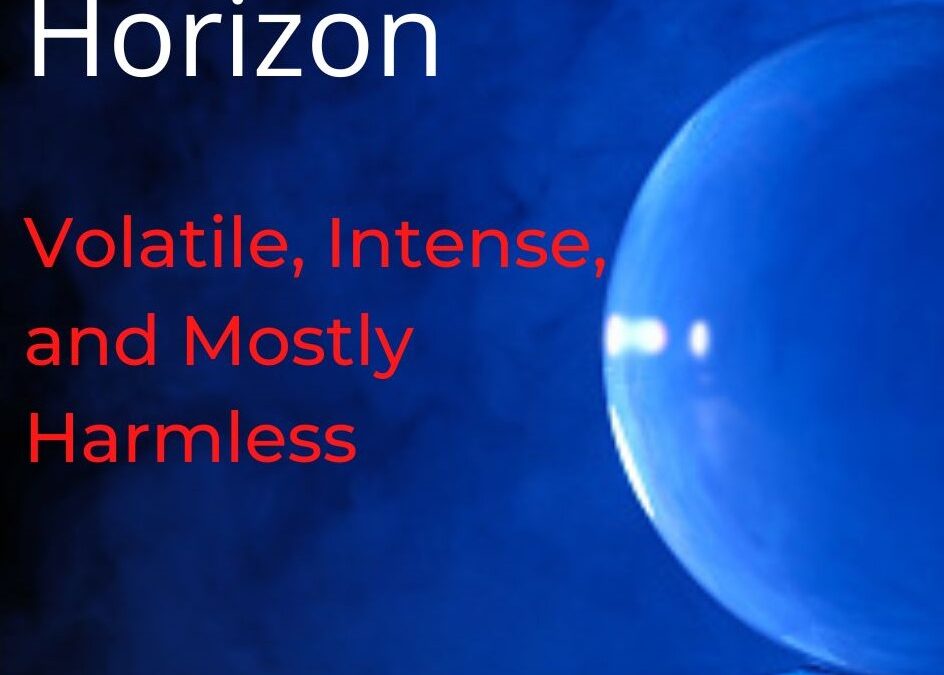The Ten Year Horizon: Volatile, Intense, and Mostly Harmless
This book explores the next decade’s more frequent and intense economic, geopolitical, fiscal, and market volatility, technological innovation, disruption, and hype.
Long-term opportunity exists, and this book uses a 10-year horizon as a surrogate for a long-term perspective. Some of the world’s most important industries are being disrupted, especially finance via digital assets and Blockchain-based businesses, life sciences via gene editing, DNA sequencing, and CRISPR, and communications via advanced wireless data networks, software technologies including artificial intelligence, and new interactive platforms such as the Metaverse.
Success requires not only understanding how to assess these industries, the potential disruptions, the sustainability of new business models, and other economic forces, but also understanding that human emotions swing market cycles, impact values, and skew competitive dynamics.
This is not a hyperbolic “this time it’s different” sermon, but we are entering an era that will be characterized by persistent uncertainty and rejection of the halcyon days of “growth equals value regardless of profitability.” Vulnerability to economic and social shocks will also be higher and there may be many dark days along the way to the horizon.
The world is becoming a zero-sum chess game. The players, China and the US, hope to either control or influence other pieces – queens to pawns – ranging from Russia and Ukraine to India and Turkey.
This book explores the chills of discontent that ignited these fractures and looks at potential avenues for re-engagement and mutual benefit. The foreseeable future is disjointed and fractured, but, there may be an ultimate realization that long-term benefit from reigniting mutual engagement will be in everyone’s best interest.
Traditional industries that drive the world economy – metals, minerals, plastics, and energy – are essential to any “green revolution.” Technology, innovation, and disruption need minerals, metals, plastics, and energy to build and deploy their products. Technology, and potentially life-saving innovation, are useless without these basic industries – now impacted more than ever by geopolitics and global trade.
Technology and innovation can solve potentially existential threats from climate change to food scarcity to global pandemics But, as I discuss, technology is also an uncontrollable monster that can lead the world into a downward spiral of distraction and meaninglessness – and solve nothing.
I explore whether the future needs the Metaverse, cryptocurrencies, or NFTs (it doesn’t), Blockchain technology and other digital assets (it can), or artificial intelligence and machine learning (it does). The Metaverse and cryptocurrency are mostly a sideshow. Blockchain and digital assets are platforms enabling the digitization and potential disruption of finance. While all these technologies are often lumped together, I discuss the significant distinction between them.
I also explore what can be predicted, what should be ignored, and why basic science and fundamental discovery are our most potent weapons and greatest opportunity to create value and benefit society. I emphasize the need to ignore policy recommendations that attempt to manage outcomes for a shortsighted, politically popular goal.
I close this book with some very personal thoughts from my experiences.

